Subscribe for all my updates and don't miss a thing! Sign me up!
The Colonial History of Jamaica
The Pieces We Rarely Talk About
Sharing Is Caring! Share this awesome content with your friends now.
The Colonial History of Jamaica
Contributed by Tamekia Kentish
The Tainos were the first recorded inhabitants of Jamaica. They settled here relatively peacefully until the beautiful Caribbean island saw its first European visitor - the Spaniards, in 1494.
By the way, the Tainos were gentle fishers and farmers who were contented with a simple way of life. They are believed to be of South American ancestry and arrived in the Caribbean, primarily, in the search for food.
The Spaniards, led by Christopher Columbus and his crew, had set out from Spain on their second voyage to the New World, when they found the shores of this beautiful island they named Jamaica.
Although they arrived in Jamaica in 1494, it was not until 1509 that Juan de Esquivel arrived from Santa Domingo and established settlements.
They entered the north end of Jamaica at St. Ann and built their first town called Sevilla Nueva, or New Seville. Later they travelled to the south and developed Jago de la Vega (St. James of the Plain), which at present is known in the island as Spanish Town.
Further settlements such as Liguanea, Guanaboa, Esquivel (Old Harbour), Passage
Fort, Oristan (Bluefields) and Ayala (Yallahs) were established. Names
such as Rio Minho and the Rio Cobre have survived the changes in
Jamaica’s leadership.
It appears that Spain seemed to lack vision for the island initially; as such, it was not properly used for all the benefits that it could have yielded them. The main employment came from ship building and repairs.
The tainos were brutally treated, in fact, they were not seen as equal to the spaniards are were enslaved. Many, being foreign to these practices, died soon after while others took their own lives; even their babies were killed.
In acts of infanticide, the Tainos thought it better to take the lives of their children than have them live as slaves. The Spanish colony of Jamaica was considered a financial burden to Spain. Thus, Spain bought the first slaves for Jamaica in 1517.
In 1655, the British, led by Admiral Penn and General Venables, having failed to capture Hispaniola, arrived in Jamaica at the Kingston Harbour and captured the island from Spain.
Spain had surrendered without much resistance. Britain claimed the island as a colony formally in 1661.
Britain was able to accomplish what the Spanish could not; they made Jamaica prosperous. Their first bid at stirring interest to the island was to offer attractive land grants to British citizens. Thus, by 1664 Sir Thomas Modyford brought over 1000 British settlers and slaves to Jamaica.
As a British colony, Jamaica flourished in agriculture. Products like cacao, coffee and pimento all did well, but sugarcane was the king crop.
With the growth of sugarcane plantations went the growth of the slave trade. The massive economic benefits of slavery are believed by many to have been the major force behind Britain’s Industrial Revolution.
Britain
considered the slaves no higher than they would their cows or goats.
As a result of this, over 1 million slaves were estimated to have been
transported from Africa to Jamaica.
This horrendous slave trade was
finally abolished in 1807 and full Emancipation of the British slaves
was realized on August 1, 1834.
At this time Britain established a system of Apprenticeship in which slaves’ children under the age of 6 years old and those born after this date were free. However, those over this age would be apprentices for 4-6 years.
After years of struggling against British (colonial) rule, Jamaica rallied to gain it's Independence on August 6, 1962.
Jamaica was no longer a Spanish or British colony; it was now guided only by the will of its people and carried out by its publicly elected officials.
How effective the leadership has been since then though is probably a topic for another discussion :-)
Be sure to read more on the history of Jamaica page, which captures important dates and significant events in Jamaica's history.
Watch Video! A Real Life Account
Coalie speaks about his personal experiences as Jamaica moved from British Rule to Independence.

Other Pages Related To Colonial History Of Jamaica
- Early History of Jamaica
- Jamaican History - By The 98 Year Old Man
- Jamaican Cities
- Pictures from Jamaica
- Historical Sites
- Intriging Facts about Jamaica
- Jamaican Products/Services
- Articles about JA
- Our Discussion Forums
- Back to Top of Colonial History of Jamaica
Make sure you subscribe to my free monthly e-zine My Island Jamaica Digest (MIJD) and stay with the latest from Jamaica!
Back to Top of Colonial History of Jamaica
Return to Culture of Jamaica from Colonial History of JamaicaReturn to My Island Jamaica Homepage from Colonial History of Jamaica
New! Get My Latest Book👇🏿
|
You asked, I've answered! You no longer need to save for months or years, to enjoy paradise! I spilled the beans! sharing my top tips on finding cozy accommodations and secret gems, only the way a native could! Click Here to pick it up on my e-store and start saving now! |
See The Best Of Jamaica - In Videos!
|
My channel reaches over 140,000 subscribers worldwide and has leveraged over 11 million views, sharing, what I call 'The Real Jamaica'. Subscribe today and join our family of viewers. |
Read More ...
New! Experience The REAL Jamaica!
Book Your Private Tour here and experience Jamaica the way we (locals) do!
P.S. Didn't find what you were looking for?
Still need help?
Click Here to try our dependable and effective Site Search tool. It works!
Or, simply click here and here, to browse my library of over 500 questions and answers! Chances are someone already asked (and got an answer to) your question.

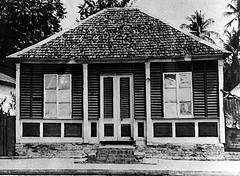
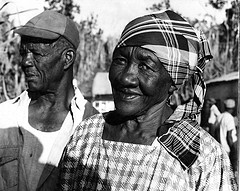


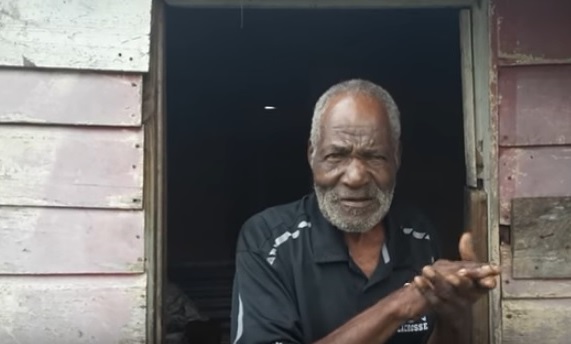
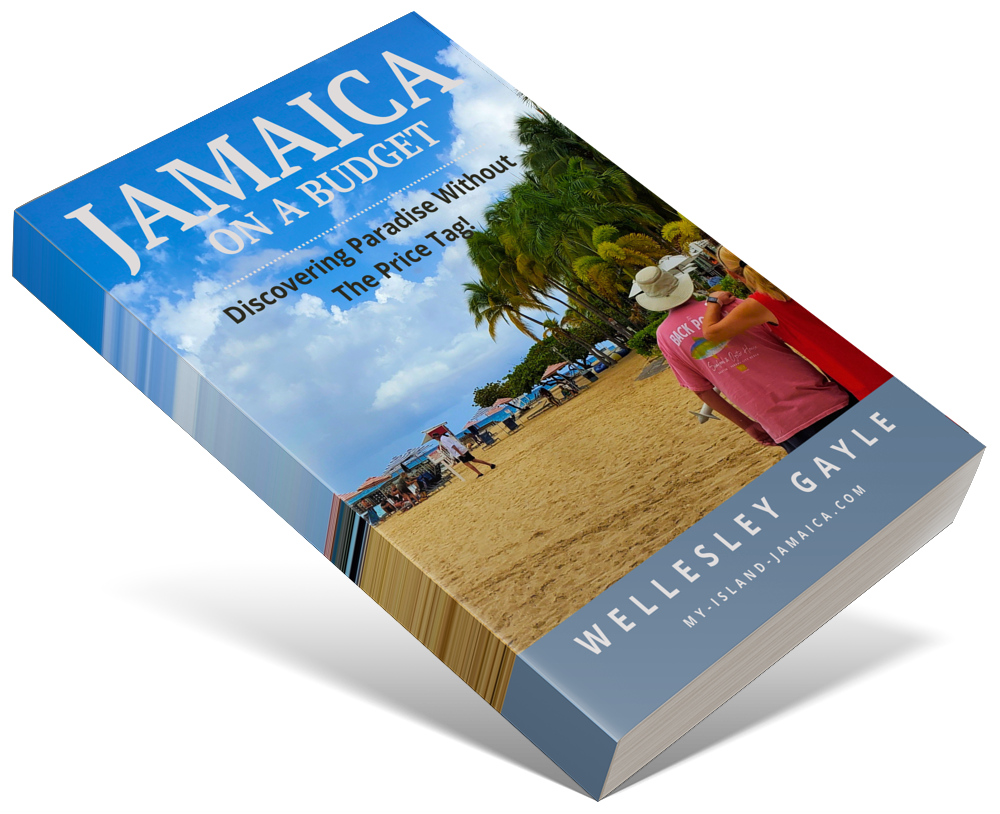
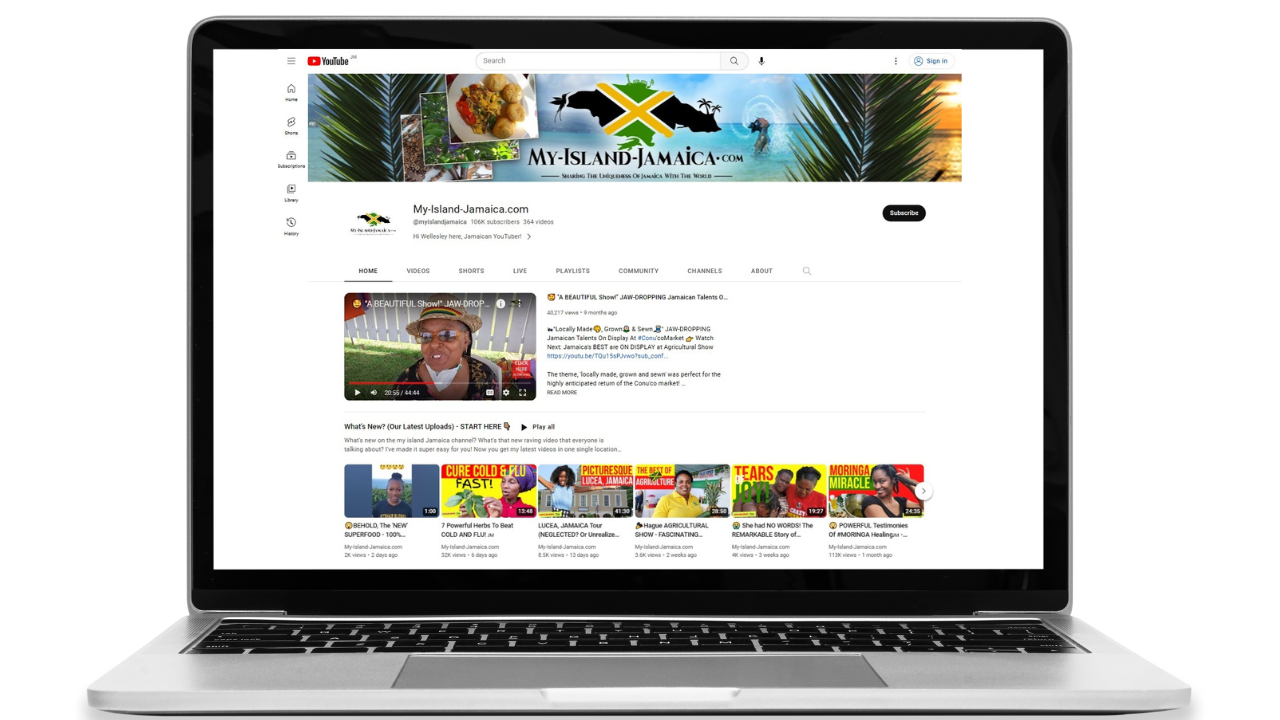

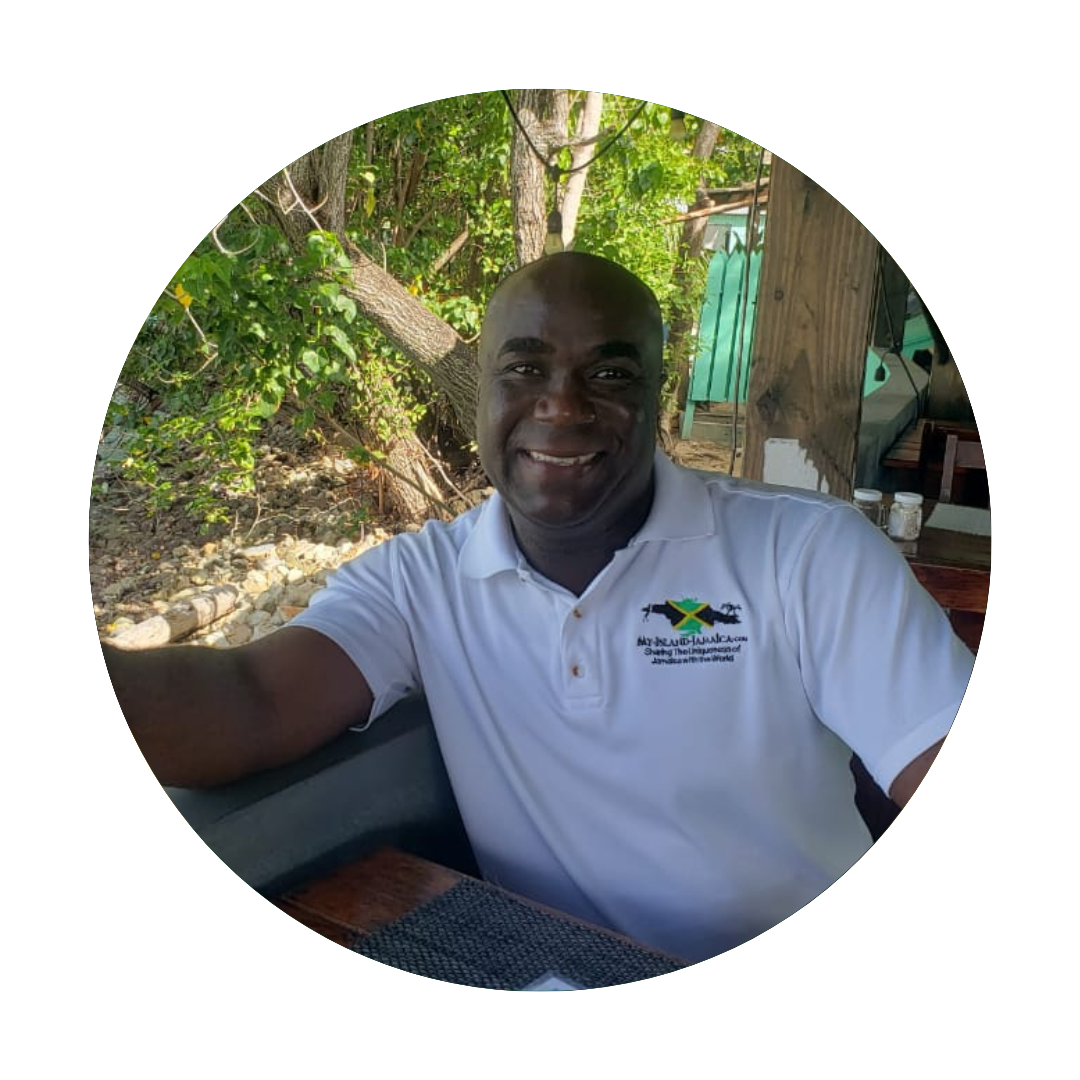
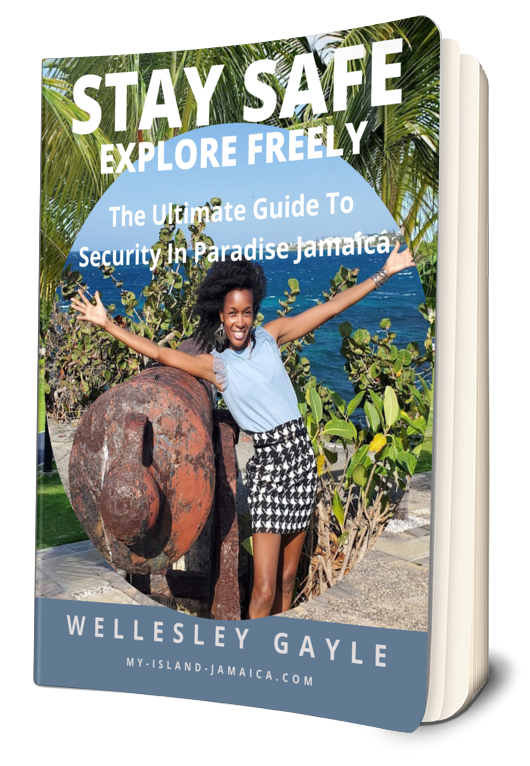
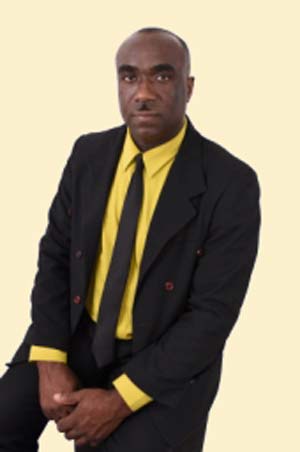
New! Comments
Have your say about what you just read! Leave me a comment in the box below.